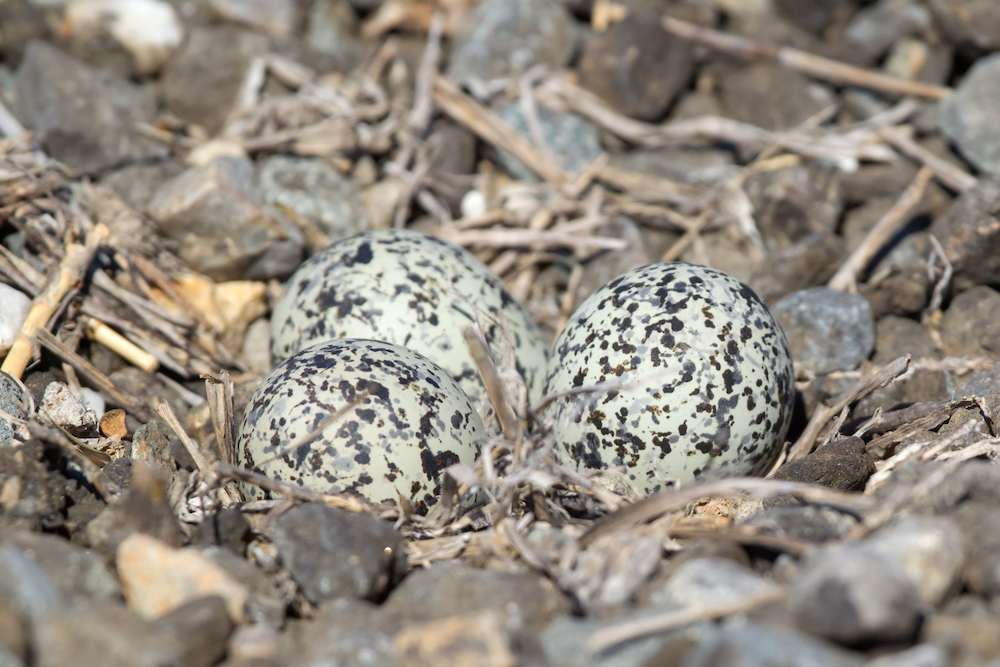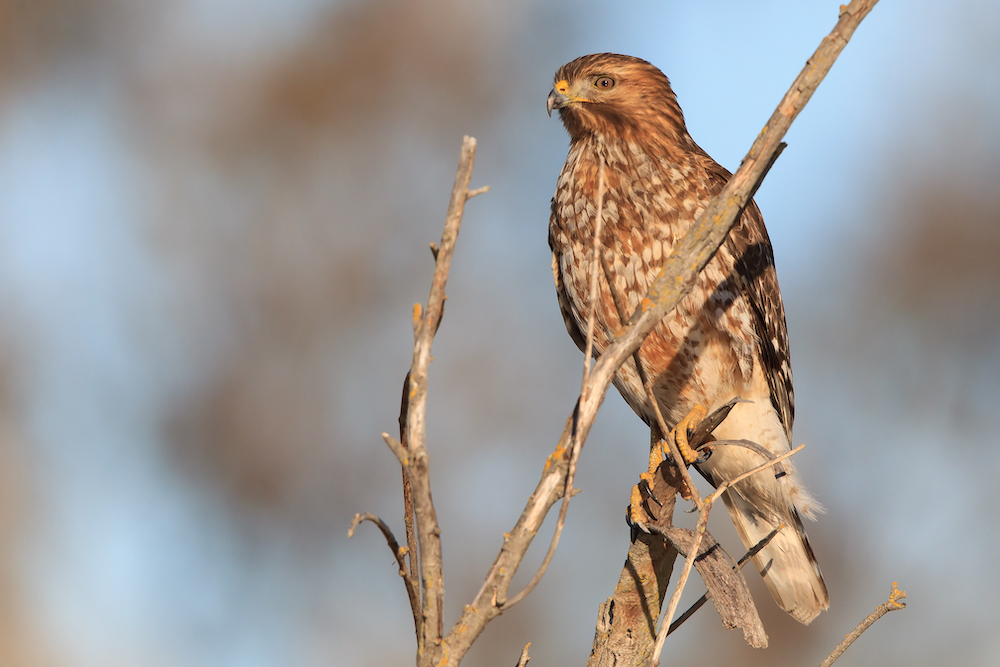Nesting Season is in Full Swing!
By Luke Matthews
As spring turns to summer here in the Sacramento Valley most of our resident and summer migrating birds have started to nest. In rice fields, as the crops begins to emerge, waterbirds key in on this flooded habitat and build their nests in the fields or adjacent to them. Species such as the American Avocet, Black-necked Stilt and Black Tern build their nests directly in growing rice fields. These species prefer to nest in fairly exposed flooded areas with good visibility. These birds also commonly nest in loose colonies, which serve to help increase vigilance and predator detection. In addition, as the rice crop grows, the vegetation will provide concealment of the hatchlings.

Not all waterbirds build their nests directly in the flooded fields. Mallards, Gadwall and Killdeer are a few examples of species that nest near flooded rice. Killdeer will nest in open, dry areas with little to no vegetation. In fact, Killdeer often lay their eggs directly in gravel or dirt and rely on the coloration of their eggs to conceal them from predators. While Mallard and Gadwall also nest on the ground, they typically build their nests in areas with significant amounts of vegetation such as a fallow field, wheat field, or nearby wetland. Once the ducklings have hatched, the parents will bring them into the rice fields where they find safety under the cover of tall rice plants and have a high protein food source of insects and aquatic invertebrates.

It is not only waterbirds that take advantage of the planted rice fields in the summer, many raptors can also be seen nesting within rice country. Swainson’s, Red-tailed and Red-shouldered Hawks are just a few examples. These predatory birds typically build their nests high up in trees. The parents will fly down and hunt over the rice fields in search of crawfish, frogs, snakes, rabbits and rodents to feed their hungry chicks throughout the summer months.
Ultimately, the rice fields of the Sacramento Valley provide a tremendous amount of habitat for breeding birds during the summer; and while this habitat is valuable every year, it is even more important during dry years like the one we are experiencing now.
Luke Matthews is the Wildlife Programs Manager for the California Rice Commission






